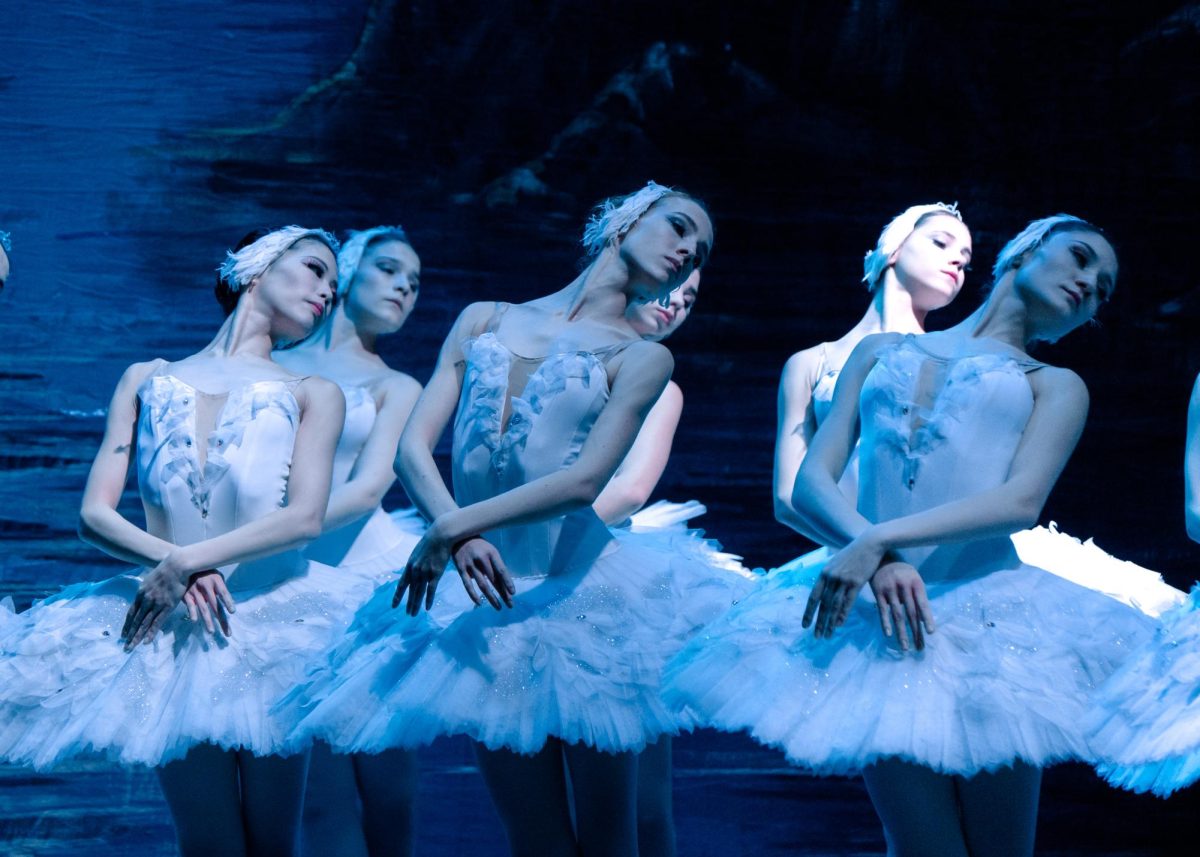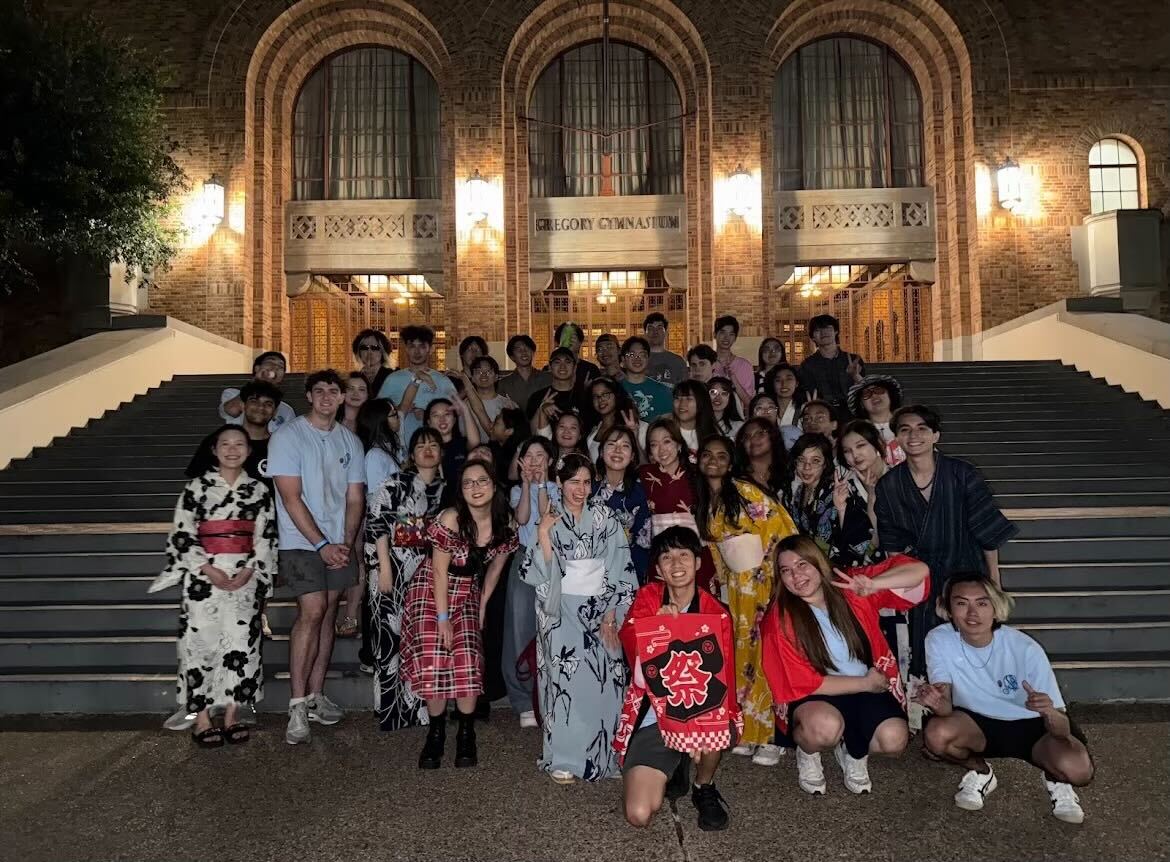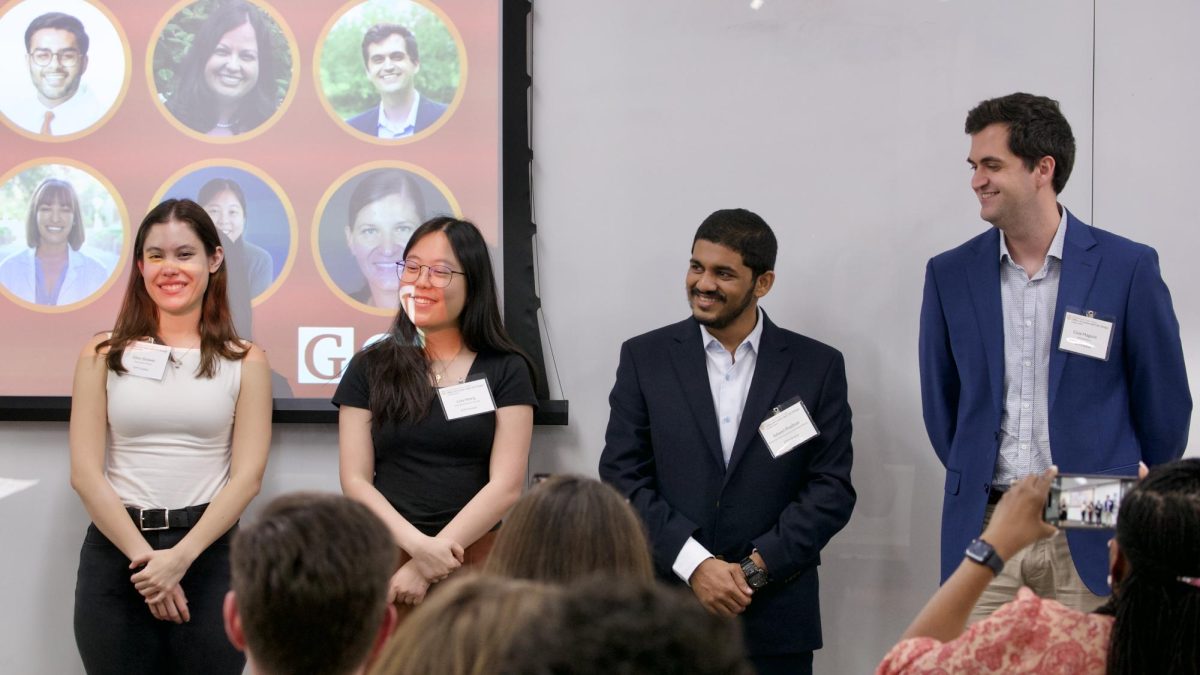Children often find themselves drawn to the sciences. Three-year-olds incessantly ask their parents a never-ending series of “whys,” only to be told over and over again to stop asking questions. But questions are important. Often the hardest part about finding the right answer is stopping to ask the right question.
Through school, many children develop a revulsion to science, with its rigid formulas and constant tests, forgetting about the wonder that they grew up with, which is what science is really about.
Richard Dawkins attempts to recapture that wonder in his new book, “The Magic of Reality: How We Know What’s Really True” and, for that, it’s something of a mixed bag.
The science is top notch and nobody can take a complicated idea and simplify it better than Dawkins can, but there’s a feeling of “been there done that” for a lot of the book. Most children who are interested in science will already know the bulk of what’s contained between the covers. Still, for those who don’t, this is a very good introduction.
Though the book is aimed at younger readers (perhaps for preteens on up) Dawkins doesn’t dumb down the science much. He says what he needs to say in as few words as possible, leaving room for the colorful and stylistic art by Dave McKean, which should make the book at least look inviting to the target audience.
And while older readers may find much to enjoy, it’s probably too simplistic to fully appeal to them. It would probably make a good book to read to a younger child, particularly if the child is the curious type, who will interrupt with frequent questions.
The basic science is presented very well, explaining how we know rather than just what we know. But it’s clear Dawkins doesn’t hit his stride until the tail end, where he addresses why bad things happen and, in the final chapter, miracles.
In these chapters, Dawkins really hammers home the point of critical thinking. In the chapter on bad things happening, he begins by asking, “Why does anything happen?” and then heads into the mathematics of luck as well as the psychology behind it. We’re pattern-seeking animals and, when that ability is in overdrive, it turns into superstition.
The chapter on miracles is a solid introduction to scientific skepticism, and easily the highlight of the book. Dawkins uses his careful tone and shows that acceptance of a “miracle” demands that its truth to be more likely than its falsehood. People can be mistaken and stories can be embellished, so the more amazing the claim, the more careful we need to be with it.
The main focus of the book is on critical thinking, with the final chapter closing the deal, and though “The Magic of Reality” may answer many curious questions, the lesson is to not accept any answer from anybody without sufficient evidence.
As such, there may be a backlash to the book. While not directly atheistic in nature, as many of Dawkins’ other books have been, “The Magic of Reality” is critical of specific religious beliefs, often describing the myths that explain a particular phenomenon (including some from The Old Testament) before addressing the “real” reasons behind it.
And Dawkins, who understands philosophy of science as well as anybody, should know to be more careful with words like “real.” Science is absolutely the best method of getting as close to reality as possible, but it’s still just an approximation.
As far as approximations go, it’s one that works consistently and gets stunning results, but asserting that something is the “real reason” neglects the exciting possibility that we may be wrong and comes across as being smug and closed-minded.
The book also falls short of the goal of showing what the title promises: the “Magic of Reality.” Dawkins describes many exciting scientific ideas, but doesn’t manage to evoke the same kind of wonder that someone like Carl Sagan might have (though, admittedly, the illustrations are often more successful in this department).
Still, for readers in their early teens, the book offers a strong message that even some older readers may not be familiar with: Science is the best tool we have for analyzing truth claims and calling something a miracle is essentially an admission of defeat.
For thousands of years, our species has been content making up stories to describe things we don’t understand, but we’re now in a place where we can at least ask the right questions.
Printed on Tuesday, October 4, 2011 as: Dawkins' latest sees moderate success in teaching kids the 'Magic of Reality'














